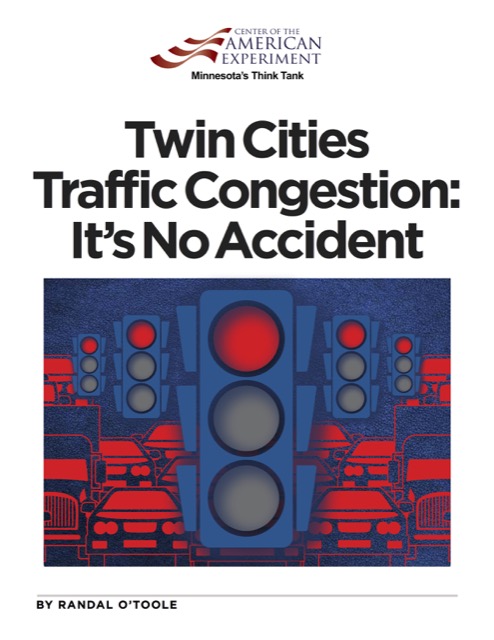Minnesota planners want to be “ready” for driverless cars. But most of what they propose sounds like things that the anti-car crowd wants to do anyway.
This includes things like reducing parking spaces and shrinking the size of streets–both items high on urban planners’ agendas for years. While that may be possible when driverless cars come to dominate the road, there is no guarantee, so they shouldn’t jump the gun.
They are happy to jump the gun when it comes to not building new roads. “The last thing cities should do is add lanes to existing roads,” said a planner from the University of Minnesota. This assumes that driverless cars will dramatically relieve congestion and that neither population nor personal mobility will grow in the future. Actually, a good case can be made that some lanes should be added to existing roads both because they are needed now and because population and travel growth in some areas will make up for the potential congestion relief from driverless cars. Continue reading











